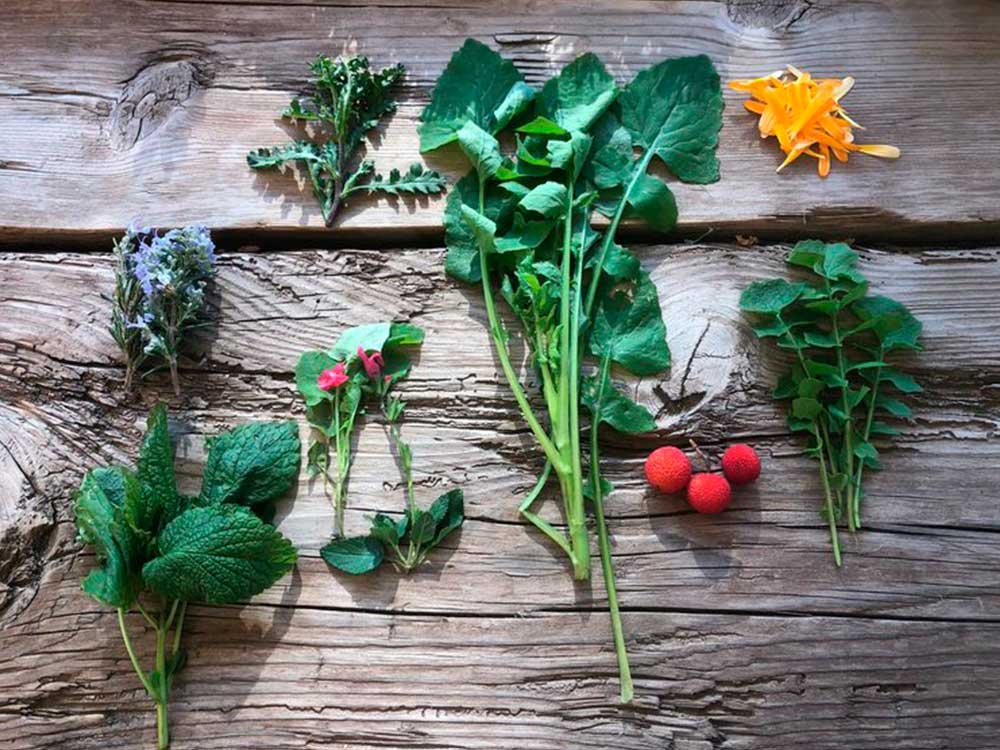THE CALL OF THE WILD

“Once you learn to read the land, I have no fear of what you will do to it, or with it. And I know many pleasant things it will do to you.”
— Aldo Leopold
Recently, La Donaira held the first edible wild food class, taught by biologist and expert ethnobotanist Clara Gutiérrez Araza. The focus was on modern gastronomy and fine dining, with a banquet laid out at the end of each day demonstrating precisely why wildcrafting, has become such a prized aspect of menus in haute cuisine worldwide. From stinging nettle tempura which showcased the beautiful delicacy of the leaf forms to a strawberry-tree liqueur that perfectly brought out the flavour of a fruit already infamous for its natural alcohol content, we heartily savoured tasting dishes made from each plant just as thoroughly as we enjoyed foraging for them in the field.
There is no better way to get in touch with the living world around us than to hunt for wild plants. And by reconnecting to the earth using our five senses, we come to reach the deepest aspects of ourselves.
Our bodies and minds are thoroughly shaped by the 2 million years of hominid evolution during which our ancestors survived solely through foraging and hunting. Throughout this time period, humans inhabited an animate world wherein all things were imbued with spirit and meaning.
The basis of this enchanted realm was nothing other than the concrete language of a land that spoke to us in stories pregnant with significance. Stories of origin and destiny, love and hate, migration and return; stories that guided societies through the seasons, stories that guided tribes across the surface of the earth, stories that guided individuals through the rites of passage whose mysterious runes mark the fateful turning points in the soul’s journey from birth to death. A language whose sentences are savannas and swirls of shooting stars, whose phrases are forests and flocks of birds, whose words are roots, seeds, fungi, berries, flowers, insects, stems and leaves.

When we learn to listen to the ceaseless murmur all around us by coming to understanding the meanings and uses of each plant, one by one, we take a step towards the re-enchantment of the world, and at the same time become that much more at home in our own skins. We know that human nature thrives precisely to the extent in which it is functionally embedded within superhuman nature. The thrill of the chase springs precisely from this quest — fraught with uncertainty and danger* — first to hear, then to understand, and finally to answer, the call of the wild.
* In the language of nature there is plenty of room for ambiguity, but a very small margin of error. Readers are advised to practice with caution. As an old wildcrafter’s proverb goes, “There are old foragers and there are bold foragers, but there are no old bold foragers.”




